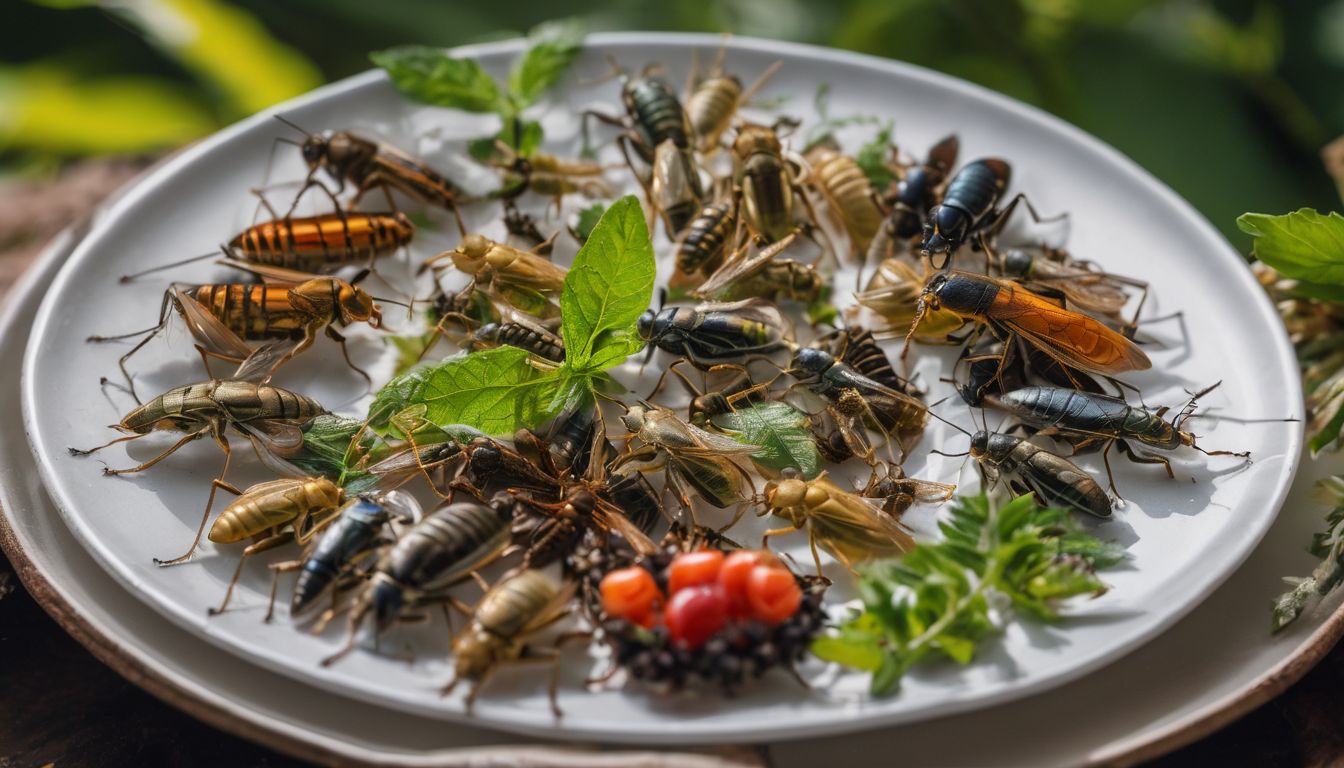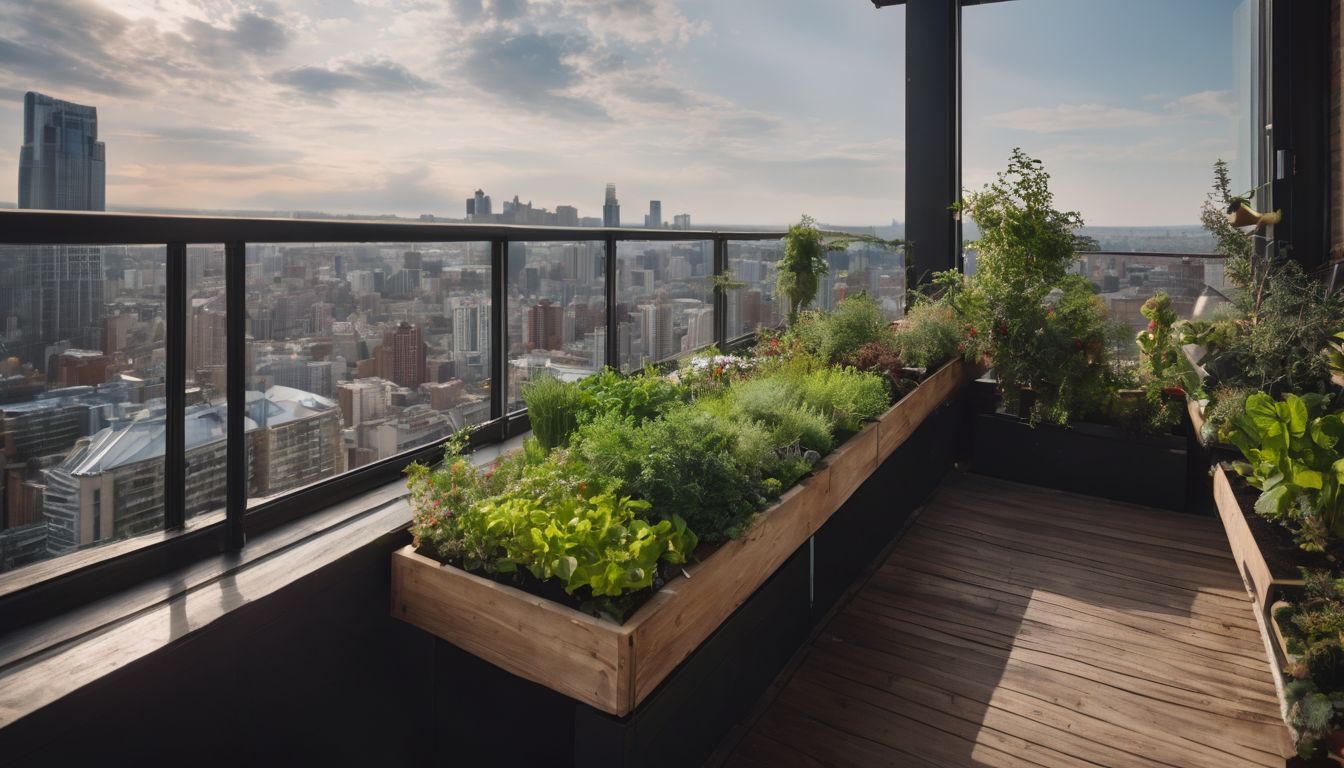Make your own organic baby food at home! Proper nutrition, eating habits, and palate are important at all stages of life. As adults, we have access to fresh food year round, farmers markets, local growers, organic food stores, and so on. However, every year parents in the United States spend up to $3.9 billion on processed baby foods.1 Many of these foods rely on convenience and marketing instead of nutrition and quality. By making your own organic baby food, your child’s nutrition will benefit along with the environment!
BENEFITS for YOU: Eating fresh, organic food allows your body to absorb more vitamins and nutrients. Fresh foods are also easier for your body to process because there are no additives or preservatives. By choosing organic foods, you also avoid exposing your child to harmful chemicals and pesticides. Many of the organic recipes offered to your child will taste better than the processed jarred food, too! ☺
BENEFITS for the ENVIRONMENT: Choosing fresh, organic food reduces the amount of pesticides and chemicals released into the air, ground, and waterways. By making your own baby food from fresh produce you will also be avoiding excess manufacturing, transportation, and packaging—thus reducing the carbon footprint of your child’s meal. Depending on how you serve and store the foods you prepare, you also have the opportunity to reduce the amount of waste per meal.
COST: Low
If you already own a blender or a food processor, the cost per meal will be extremely low.
TIME & EFFORT: Moderate
It may take some extra time initially to choose the foods or recipes you want to prepare for your child. Preparation and cooking times are very minimal per meal. There is also the option to make large batches and freeze the leftovers to save for later.
This guide is broken down by the different ages and developmental stages of a child’s life. As children grow, their bodies will require different nutrients for development. Because every child is unique, this guide is a rough guideline for a child’s needs at each stage. *Recipes provided by “The Petit Appetit Cookbook” by Lisa Barnes.2
Stage 1: Four to Six Months Appropriate foods:
- Liquids—breast milk and formula
- Cereals—iron fortified rice cereal mixed with breast milk, formula, or water
- Vegetables—yellow vegetables like sweet potatoes and squashes
- Fruit purees—ripe banana, apple, pear
The recipes are fairly simple and basic at this level. For fruits and vegetables, begin by steaming or baking the produce as needed. Transfer to a blender or food processor and puree to desired consistency.
SAMPLE RECIPE: Sweet Potato Puree
Ingredients: 2 medium organic sweet potatoes; Water, formula, or breast milk
Cooking Instructions: Preheat oven to 425F. Pierce potatoes with a small knife and cook on a baking sheet for 45-60 minutes. Let cool. Peel skin from flesh and puree in a food processor. Add liquid while pureeing for a smoother texture until you reach a desired consistency. Makes 4 Servings
Stage 2: Six to Nine Months
Appropriate foods (including foods previously appropriate):
- Liquids—breast milk or formula, water, diluted juice
- Cereals—oat, barley, or multigrain
- Vegetable purees—orange and light green vegetables like zucchini, carrots, peas, green beans
- Fruit purees—peaches and plums
- Dairy—plain whole milk yogurt, cottage cheese, ricotta cheese
- Protein—chicken, lean meats
The purees can be chunkier at this stage and combined with yogurt or soft cheeses.
SAMPLE RECIPE: Mango Melon Soup
Ingredients:
½ large organic cantaloupe
½ large organic mango
¾ cup plain organic whole milk yogurt
Cooking Instructions: Peel and seed cantaloupe and mango. Cut fruit into 1-inch cubes and transfer to a food processor. Blend until smooth. Transfer to a bowl and stir in yogurt. Chill for 1 hour before serving. Makes 3 Servings.
Stage 3: Nine to Twelve Months
Appropriate foods (including foods previously appropriate):
- Liquids—breast milk or formula, water, diluted juice
- Grains—egg-free pasta, brown rice, bread
- Legumes and beans
- Dark vegetables—greens, beets, spinach
- Fruit—Kiwi, berries, citrus
- Spices
- Dairy and Proteins—cooked egg yolk, fish, tofu
Food can be served in chunks or pureed, as most children will want to pick foods up by their own hands or with a spoon.
SAMPLE RECIPE: Cottage Noodles
Ingredients:
8 ounces uncooked wide noodles
½ cup small-curd cottage cheese
½ teaspoon ground cinnamon
Raisins (optional)
Cooking Instructions: Cook noodles according to package instructions. Drain and toss hot noodles with cottage cheese, cinnamon, and raisins (if desired). Makes 2 Servings.
Stage 4: Twelve to Twenty-four Months
Appropriate foods (including foods previously appropriate):
- Liquids—whole cow’s milk, water, juice
- Table foods—including allergens previously avoided such as tomatoes, corn, and strawberries
Food can be served in small pieces for self-feeding, but small enough to avoid choking.
SAMPLE RECIPE: Egg and Olive Spread
Ingredients:
2 hard-cooked cage free, organic eggs
1/3 cup pitted black olives, chopped
1 tablespoon freshly squeezed lemon juice
1 tablespoon plain organic whole milk yogurt
Salt and black pepper to taste
Cooking Instructions: Chop eggs finely. Mix all ingredients together in a bowl. Serve as a spread on bread, topped on greens or plain as a snack. Makes 15 Servings.
Stage 5: Two to Three Years
Appropriate foods (including foods previously appropriate):
- Liquids—whole cow’s milk, water, soy and rice beverages, juice
- Full meals and snacks, including dips and sandwiches
Children are usually able to fully self-feed at this stage, but may need help cutting.
SAMPLE RECIPE: Granola Bars
Ingredients:
2 cage-free, organic eggs
2 cups of granola (can be store bought)
¼ teaspoon vanilla extract
1/3 all-fruit raspberry spread
Cooking Instructions: Preheat over to 350F. In a medium bowl, beat eggs. Add vanilla and granola and mix to combine all ingredients. Transfer mixture to an 8-inch square glass-baking dish. Spread raspberry mixture over top. Bake for 15 minutes or until golden brown. Cut into squares and let cool on wire rack. Makes about 9 squares.
Stage 6: Three to Four Years
Appropriate foods (including foods previously appropriate):
- Liquids—lower fate cow’s milk, water, soy and rice beverages, juice
- Nuts, shellfish, and other foods avoided for allergen risks
Children can self-feed but may still need help cutting.
SAMPLE RECIPE: Black Bean Soup
Ingredients:
1 cup pureed black beans
4 cups vegetable broth
2 tablespoons olive oil
3 large garlic cloves, minced
1 small onion, diced
1 medium red bell pepper, diced
1 large Anaheim chile stemmed, seeded, chopped
½ cup fresh cilantro leaves (optional)
Cooking Instructions: In a large pot, combine black bean puree and broth. Heat oil in a separate skillet over medium heat. Add garlic, onion, pepper, chile and sauté until vegetables are softened, about 6 minutes. Stir vegetables into bean mixture and simmer for about 20 minutes. Stir in cilantro (optional) and cook until flavors are combined, about 3 minutes. Makes 6 Servings.
More Recipes
Integrating the new foods mentioned at each stage of development above allows for a lot of creativity in the kitchen! Test new and different foods at every stage, as most children’s palates will change. Try some of these resources for more recipe guides:
Bon Appétit!




